Hear Ben Murrey, Kristi Burton Brown, Douglas County Assessor Toby Damisch and Treasurer Dave Gill take questions from Kim Monson on Property Taxes, TABOR, mill rates, and Assessed values.
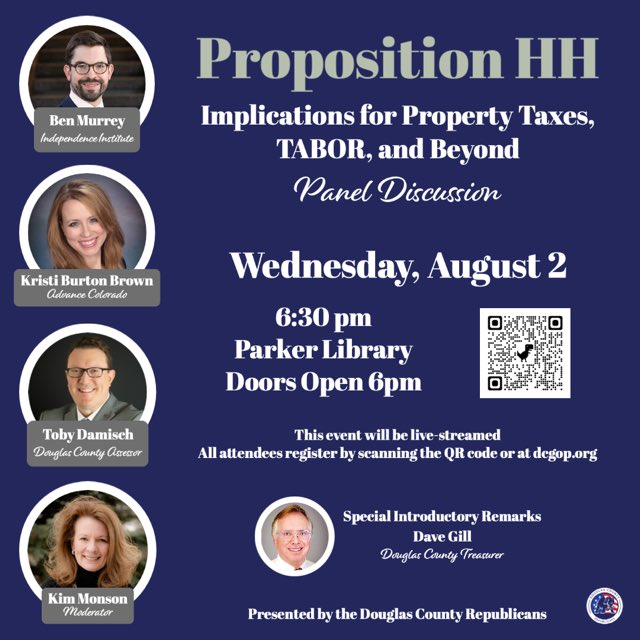
Hear Ben Murrey, Kristi Burton Brown, Douglas County Assessor Toby Damisch and Treasurer Dave Gill take questions from Kim Monson on Property Taxes, TABOR, mill rates, and Assessed values.

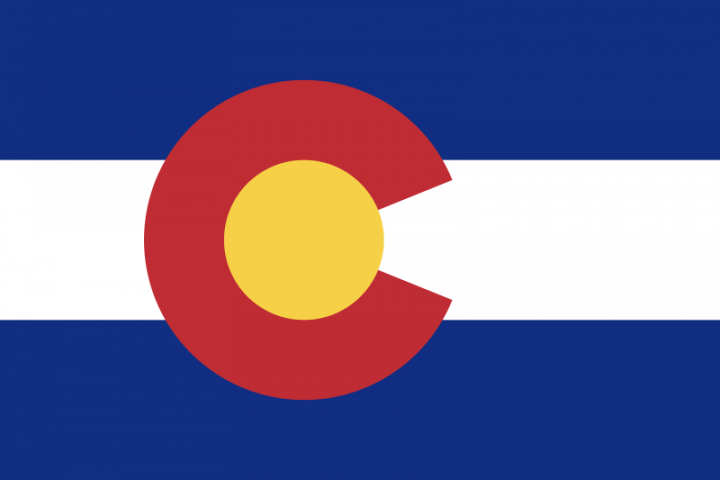
Coloradans have decided on 36 statewide ballot measures that were designed to increase revenue for the state, which required voter approval under TABOR. Of the 36 measures, 11 (30.56%) were approved and 25 (69.44%) were defeated.
Colorado’s Taxpayer’s Bill of Rights (TABOR), adopted in 1992, was designed to require statewide voter approval of all new taxes, tax rate increases, extensions of expiring taxes, mill levy increases, valuation for property assessment increases, or tax policy changes resulting in increased tax revenue.
Of the 36 measures, 17 were referred to the ballot by the state legislature and 19 were placed on the ballot through citizen initiative petitions. Of the 11 approved measures, 10 were referred to the ballot by the state legislature and one was a citizen initiative.
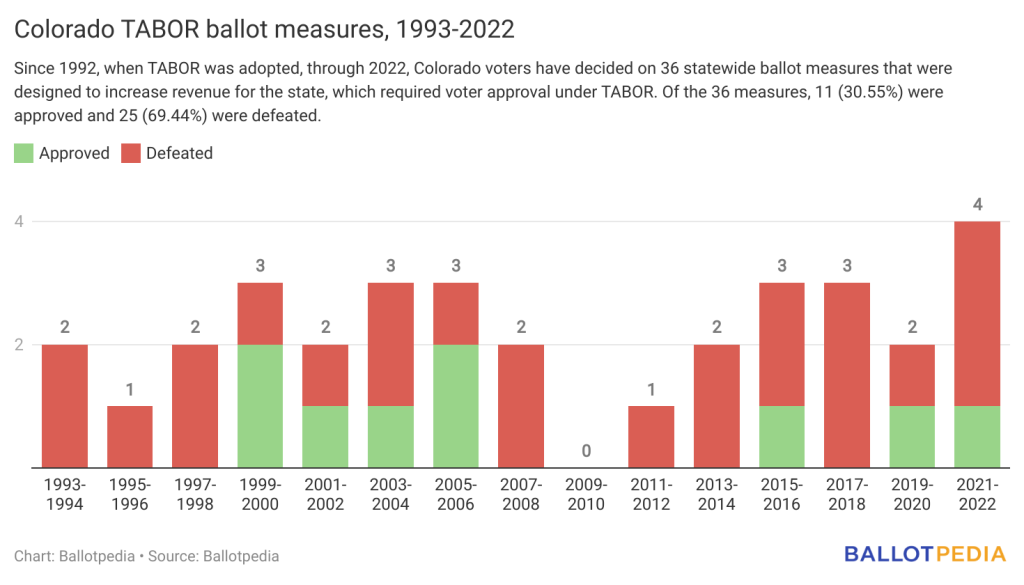
Highlights:
We follow the bills as best we can, but do not rate them, relying instead on the excellent and thorough Colorado Union of Taxpayer’s work and that done by others, such as the Republican Liberty Caucus. There were a few good ideas and plenty of bad ones, but we focused only on those that affect TABOR.
The General Assembly pretty much left the Taxpayer’s Bill of Rights alone until the final week of the legislative session. Then, legislators dropped a big negative on Colorado with a bill to place Proposition HH on the ballot this fall.
The entire idea is bad. It is very complex and convoluted legislation that proponents tout as lowering your property taxes. It fails. The Gallagher Amendment was repealed a couple years back. That action removed the method to tamp down increases in residential property taxes. With property taxes threatened to soar next year, Proposition HH (Senate Bill 23-303) takes money owed back to the taxpayer to reduce some (perhaps half) of the property tax increase. It literally uses a big tax increase by taking your TABOR rebates in order to pay down your property tax increases! Dastardly. Sneaky. Terrible.
What is your TABOR Committee doing about it? We brought together like-minded organizations to protect TABOR by defeating this crumby, lose-lose measure, in which only the government benefits. The new coalition will function as a clearinghouse and share ideas and efforts, although no strong core has materialized as yet. Your TABOR Committee already filed to set up a statewide issue committee (a legal necessity to conform to election requirements). We funded it with seed money and secured a matching donation.
Are you torqued off yet?
Please join the fight by volunteering. Let your interest be known by emailing info@TheTaborCommittee.com or calling 303-747-7460. Please also donate to our efforts by sending a check to the TABOR Coalition at 720 Kipling, Suite 12, Lakewood 80215.
Proposition HH has more pieces to it – a hike in the State revenue and spending limitation that allows government to grow faster than the private sector and a provision about the senior exemption. One of our allies filed a lawsuit because the measure violates the single-subject rule. It has been joined by a dozen local governments!
A different measure on the fall ballot asks voters to allow the State to keep higher marijuana taxes. A provision in TABOR requires proposed tax increases to estimate the amount to be raised. In order to keep governments from monkeying with the estimate, any overage must be returned and the rate adjusted downward, unless the taxpayers in a second vote allow the higher receipts.
There was another anti-TABOR bill that adjusts some definitions on insurance premiums taxes. TABOR does not allow arguments that any higher taxes are too little to care about (de minimis). But, in a lawsuit several years ago filed by the TABOR Foundation (our sister organization), the Colorado Supreme Court errantly imposed a de minimis provision. We cannot fight the precedent set then, and the amount this year truly is small – less than $7,000.
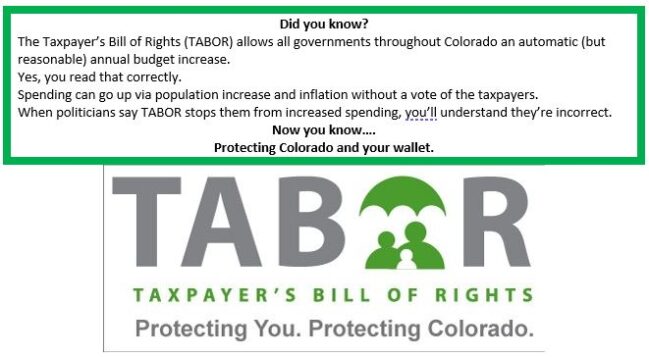
TABOR’s Penn Pfiffner Talks With Famed Economist Dan Mitchell About Prop HH
#DontBeFooled
#ItsYourMoneyNotTheirs
#VoteNoOnPropHH
#VoteOnTaxesAndFees
#FeesAreTaxes
#TABOR
#ThankGodForTABOR
#FollowTheMoney
#FollowTheLaw
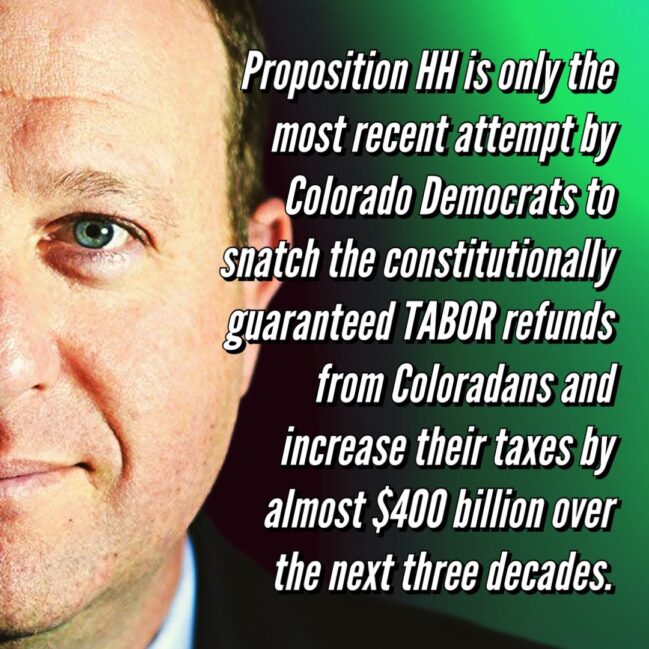
Ever since the state turned Blue, Democrat politicians have been trying to get at the Taxpayer Bill of Rights (TABOR), which is in the Colorado Constitution.
They are at it again. This time, Democrat legislators and Governor Jared Polis seem to be trying to trick voters into giving away TABOR refunds they are due to get a little property tax relief.
#DontBeFooled
#ItsYourMoneyNotTheirs
#VoteNoOnPropHH
#VoteOnTaxesAndFees
#FeesAreTaxes
#TABOR
#ThankGodForTABOR
#FollowTheMoney
#FollowTheLaw
Click (HERE) to continue reading this story
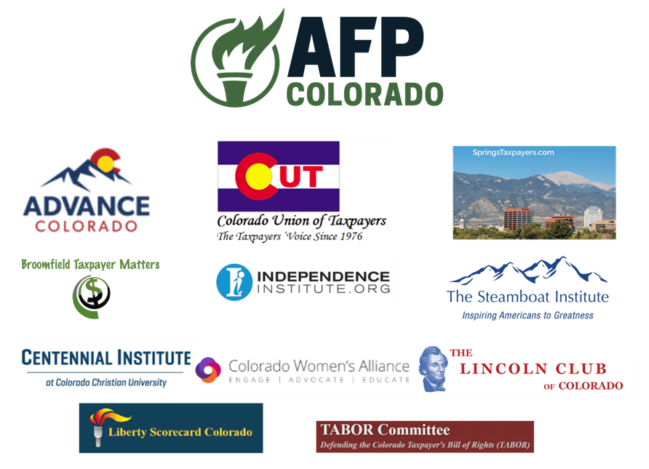
NEWS RELEASE
FOR IMMEDIATE RELEASE: MAY 24, 2023
CONTACT: Caitlin Gallagher Blundell,?cgallagher@standtogether.org??
TABOR Coalition Launches to Protect Refunds, Taxpayers
Organizations across Colorado have come together to protect taxpayers & oppose any attempt to take away TABOR refunds
DENVER, CO – Today a coalition of organizations came out in opposition to any attempt by the legislature or special interest groups to take away Taxpayer’s Bill of Rights (TABOR) refunds. Colorado is expected to return $2.7 billion to taxpayers in the coming year.
“While special interests and politicians have been busy looking for ways to withhold TABOR refunds over the last several months, Americans for Prosperity, our activists and coalition partners have been busy contacting voters across the state,” said AFP-CO State Director Jesse Mallory. “Families have already received two rounds of TABOR refunds and polling has shown TABOR is more popular than ever. Trying to convince voters to weaken TABOR and eliminate refunds will be a nearly impossible ask.”
Coloradans benefit from TABOR refunds and these organizations have pledged their support to protect taxpayers from any attempt to interfere with them. The organizations are:
BACKGROUND:
The coalition came out in opposition to any attempts by the legislature or special interest groups to take away TABOR refunds from the taxpayers they belong to. Colorado is expected to return $2.7 billion to taxpayers in the coming year.
Recently, Governor Polis and lawmakers tied TABOR refunds to the state’s skyrocketing property tax.
For more than 30 years, Coloradans have benefited from TABOR refunds. The coalition and its members pledge support to protect taxpayers from any attempt from Gov. Polis and the General Assembly to take away their rightful, hard-earned return.
For further information or an interview, reach CAITLIN GALLAGHER at cgallagher@standtogether.org or (206) 402-8432.
Through broad-based grassroots outreach, Americans for Prosperity (AFP) is driving long-term solutions to the country’s biggest problems. AFP activists engage friends and neighbors on key issues and encourage them to take an active role in building a culture of mutual benefit, where people succeed by helping one another. AFP recruits and unites Coloradans behind a common goal of advancing policies that will help people improve their lives. For more information, visit www.AmericansForProsperity.org
To view this release online click here.
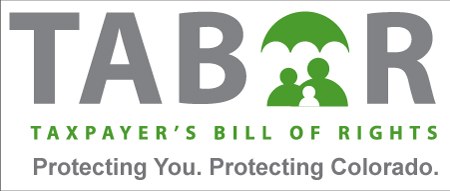
Imagine if the IRS proposed issuing ‘equitable’ income tax refunds, instead of returning what was owed to individual taxpayers.
Americans would revolt!
Yet, if the Polis Property Tax Scheme passes, Colorado Legislators will redistribute your TABOR refunds just that way.
#PropHH
#DontBeFooled
#ItsYourMoneyNotTheirs
#VoteNOonPropHH
#VoteOnTaxesAndFees
#FeesAreTaxes
#TABOR
#ThankGodForTABOR
#FollowTheMoney
#FollowTheLaw
